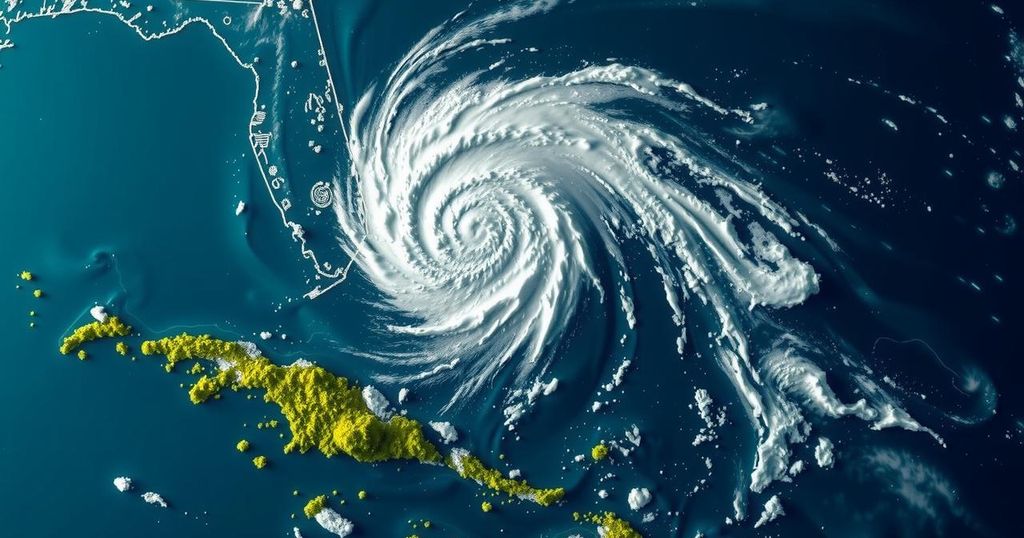Tropical Storm Rafael has downgraded from a hurricane with maximum sustained winds of 70 mph. The storm was reported to be 460 miles east of the Rio Grande. Subsequent monitoring by the National Hurricane Center is underway following its impact on Cuba.
The U.S. National Hurricane Center reported that Tropical Storm Rafael has significantly weakened from its status as a hurricane as of late Friday night. The storm was located approximately 460 miles east of the mouth of the Rio Grande, with maximum sustained winds recorded at 70 miles per hour. This downgrade follows the storm’s recent landfall in Batabano, Cuba, where flooding was reported following its impact. Updates from the National Hurricane Center will continue to monitor the storm’s progression and impacts.
Tropical Storm Rafael is an example of a storm system that can rapidly transition from a hurricane to a less severe tropical storm. Such weather phenomena are closely monitored by meteorological agencies due to their potential impacts on coastal regions and the communities therein. The National Hurricane Center, based in Miami, Florida, plays a crucial role in providing timely updates regarding storm development and necessary precautions for public safety.
In summary, Tropical Storm Rafael has transitioned from a hurricane to a tropical storm, with current forecasts indicating sustained winds of 70 miles per hour. Continuous monitoring and updates from the U.S. National Hurricane Center will be essential in informing the public and authorities about any further developments and potential impacts on the coast.
Original Source: www.usnews.com






